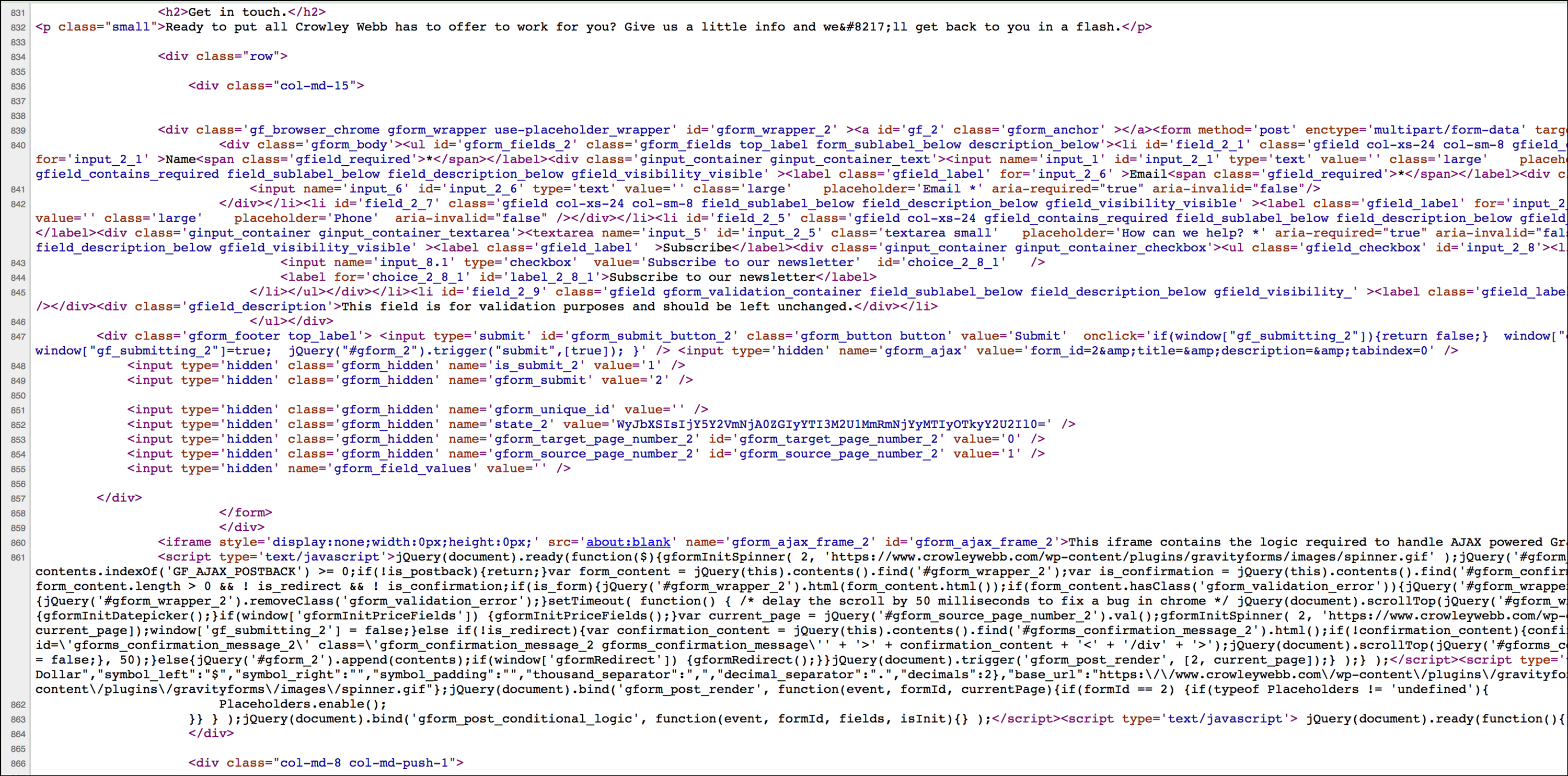Simplify marketing measurement with Google Tag Manager.
Before we get to Google Tag Manager, let’s talk about what tags are and how marketers use them. For those in marketing, web design, computer programming, or any digital-facing field, you’ve probably heard of HTML (hypertext markup language). If not, HTML is a coding language that outlines a website’s structure using a series of tags; each tag is essentially a piece of code that applies meaning to website content or executes some sort of functionality. For example, a <p> tag indicates that a specific block of website text is a paragraph, while <img> denotes an image.
Digital marketers can use tags to deploy advertising pixels – pieces of HTML or JavaScript code – on websites to monitor website actions, optimize landing pages, and improve conversion rates.
Why do you need tag management?
Prior to Google Tag Manager, marketers who wanted to implement advertising pixels or measure user interactions had to rely on web developers to add marketing codes to a website. Then we would test, troubleshoot, bug the developer to fix any problems, and re-test. Repeat ad nauseam.
The process took days or even weeks – and rest assured, developers are always overbooked.
On top of that, websites are updated and changed all the time, so code that was functioning fine yesterday might suddenly stop working today. It is easy for codes to get lost in the fray.
To illustrate this issue, simply right-click on any page in your web browser and select “view page source” – it will look something like the image below. See all that colorful text? Those are different types of codes (or tags). If you don’t have a system to manage them, it’s extremely easy to lose sight of what is where.

Those are the basics of tags and their functions. Now let’s dig into Google Tag Manager and explore what it is and how you can use it to simplify your analytics processes.
What is Google Tag Manager?
Google Tag Manager is an all-in-one tag management solution – a tool that allows marketers to consolidate their advertising and event-tracking tags into one easy-to-place piece of JavaScript code called a “container.” To place the initial code, you need tap your developer’s shoulder only once. Everything else – creating tags and transmitting data – can be done within the tool itself.
It empowers data transmission to numerous advertising and analytics platforms, including Google Analytics, Google AdWords, DoubleClick, comScore, Hotjar, Bing Ads, Twitter, Facebook, LinkedIn, and many others. You can also create custom tags to transmit data to ad platforms not included among the turnkey options.
How can Google Tag Manager benefit your company?
Google Tag Manager transfers the measurement process from developers back into the hands of marketers. It drastically reduces implementation time, while allowing you to understand the true impact and value of your campaigns.
In order to accomplish more advanced data capture with Google Analytics, like call-to-action clicks and contact form submissions, web developers must create and individually place event codes on various HTML elements or add pages to the website. That’s more complex, and it explains why many companies opt for a “set and forget” mentality: It’s less work to use the basic Google Analytics configuration, which tracks only pageviews. But you’d be missing out on heaps of information.
Using custom JavaScript, Google Tag Manager provides new opportunities for advanced campaign and audience measurement, such as how far users scroll on a page, the percentage of a video a user watches, and measurement across web domains. So even though it might be a little more work up front, this tool makes analytics measurement easier, more streamlined, and more in your control. When you capture all that consumer behavior data, you benefit from the most powerful element of your marketing array: your website. And that means more opportunities.
Have a question or want to learn more about Google Tag Manager and custom Google Analytics solutions for your website or business? Get in touch with us. We have a whole team of analysts dedicated to working with you to measure, meet, and help exceed your marketing goals.
